Beginning in the bleak winter of 1916, Fitzmaurice produced two dozen cartoons that focussed on Great Britain. These so-called John Bull cartoons were interspersed with Fitzmaurice’s other front page propaganda images, and while Fitz’s Kaiser cartoons were meant to ridicule the enemy and minimize their threats, the John Bull cartoons were more informative and more complex. They also give us insights into Canada’s evolving relationship with the mother country.
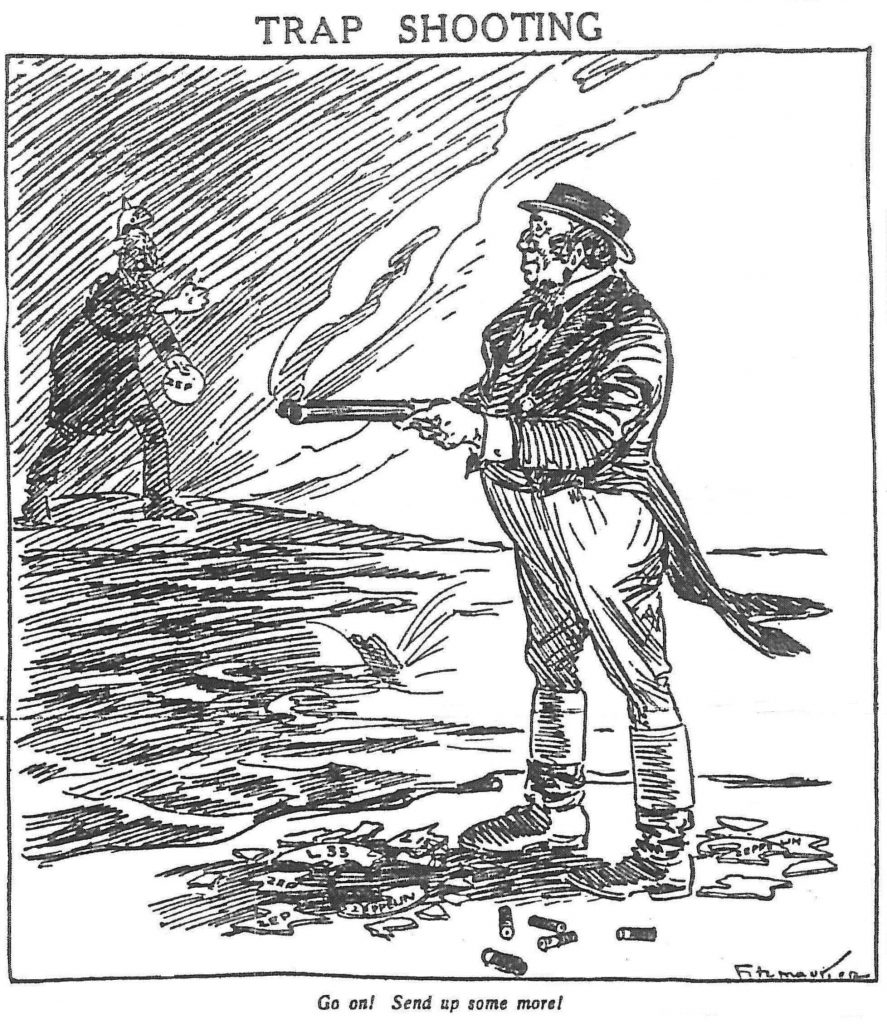
Figure 1: Trap Shooting (Province 15 November 1916)
THE BIRTH AND LIFE OF JOHN BULL
Fitzmaurice used the allegorical figure of John Bull to represent Great Britain. There was no originality there. Cartoonists around the globe had used a very small cadre of symbolic fixtures to represent Britain, including Britannia, the British Lion, and John Bull. However, the history of these British symbols is an interesting one. Britannia was born a Roman symbol of its northern province, mostly appearing as a regional personification on Roman coins. Visual elements of the original Roman Britannia, her classical flowing robes, spear and shield, would persist into the pre-modern and modern period. Her symbolic meaning, however, did change from the originally submissive Roman province in the classical period to the first national embodiment of English and later British power, honour, and justice. In the hands of artists, however, national symbols serve specific uses. And by the Victorian era caricaturists and cartoonists would reserve Britannia’s image for serious issues of high justice and the defence of lofty ideals.
John Bull was a different kettle of fish. If Britannia was a goddess, as R. T. Matthews shows, “tied to the ruling class” and “above the ordinary and daily routines of mere mortals,” John Bull was a much more human symbol drawn from the vernacular, a symbol that “came from the people and personified many traits that Englishmen thought lay deep in their collective character.” We can actually date the birth of John Bull. He was the fictional creation in 1712 of political pamphleteer Dr. John Arbuthnot, who was a contemporary of Jonathan Swift and Alexander Pope and shared their interests in political satire. Written directly as an allegory for England, Arbuthnot’s John Bull was first visually realized in 1762, and from then on the earthy Bull was used in caricature to represent both the positive and negative features of British national politics. By the Victorian period John Bull was raised to heroic levels as a national personification of a plain and honest Britain, and by the First World War, he joined Uncle Sam as the most recognized and widely used national symbols in editorial cartoons.
Fitzmaurice’s John Bull was no different than any other John Bull published at the time. Instant recognition was essential. A rather stout and stocky man of middle-class rural origins, Bull was always portrayed in late Georgian era tailcoat, breeches, riding boots, and common top hat over his dark, curly hair and wide mutton-chop sideburns (Figure 1). John Bull stood for down-to-earth, common sense values whose ideals were articulated through direct and well-meaning actions, not fancy words or complicated intentions.
JOHN BULL HIRES LLOYD GEORGE
Great Britain changed governments – sort of – during the First World War. The Liberal government of H. H. Asquith came to power in 1908 and took the country into war in 1914. The struggles of the Asquith government and its eventual fall in December 1916 had everything to do with the novel demands of total war. It serves repeating that all belligerents during the Great War had to make it up as they went along; no governments had experience with the scale of disruptions and sacrifice that the war would impose upon them. The Asquith government entered the war with the spirit and principle of volunteerism. Winston Churchill, then Lord of the Admiralty, had branded the Liberal government’s approach to the war as “business as usual,” meaning that Britain would maintain normalcy in all aspects of life for the duration of the war, and that this constancy would maintain social and economic stability. Chancellor of the Exchequer, David Lloyd George, stressed the need to “carry on business as usual” in a speech to businessmen early on the war. Ironically, Lloyd George would go on to replace Asquith at the end of 1916 and restructure the British war effort to meet the very un-normal demands of total war.
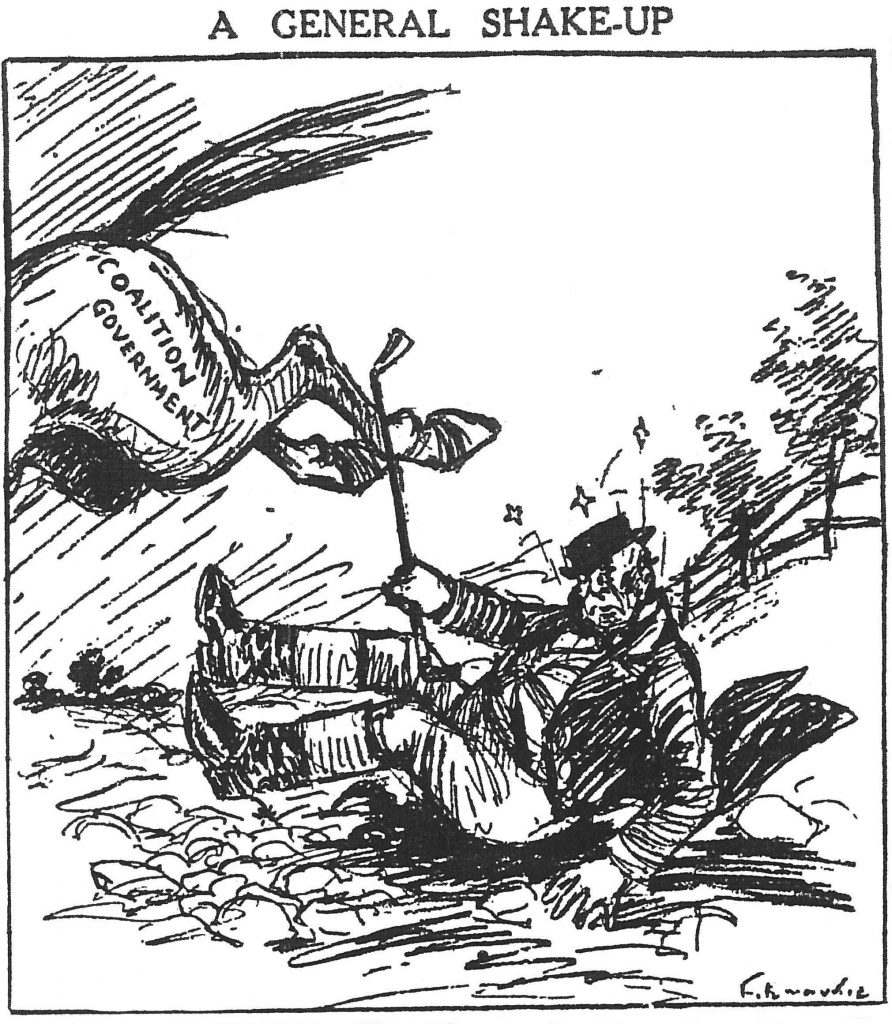
Figure 2: A General Shake up (Province 5 December 1916)
The cracks in the Asquith ‘Business as Usual’ approach to the war began to appear in the spring of 1915. The humiliation of the failed Battle of Gallipoli combined with the “Shell Crisis,” where an unanticipated shortage of artillery shells was used as a political weapon by enemies both within and outside the Liberal government, forced Asquith to bring in a less partisan coalition government in May 1915 with Lloyd George in charge of the newly created Ministry of Munitions. However, the efficient production of war materials was only one part of the totalizing demands that undermined the Business as Usual approach to the war. Lord Kitchener’s reliance on voluntary recruitment, while remarkable in the first year of the war, became increasingly ineffective and politically charged as the scale and duration of battles grew and the casualty rates soared. In the end, the affairs of state during wartime overwhelmed the Prime Minister, and with little energy to carry on, Asquith resigned on December 5, 1916. David Lloyd George, who had made few efforts to hide his criticisms of the government’s disorganized management of the war – or his own considerable ambition – became Prime Minister at the head of a coalition on December 7, 1916.
Fitzmaurice captures this political upheaval in four John Bull cartoons in December 1916. “A General Shake-Up” (Figure 2) was published in the days leading up to Asquith’s resignation and shows John Bull thrown by his horse, dubbed “Coalition Government.”
Fitzmaurice dressed John Bull in costumes relevant to the specific needs of each cartoon issue, but the basic outfit is shown here, of the country gentleman in riding gear.
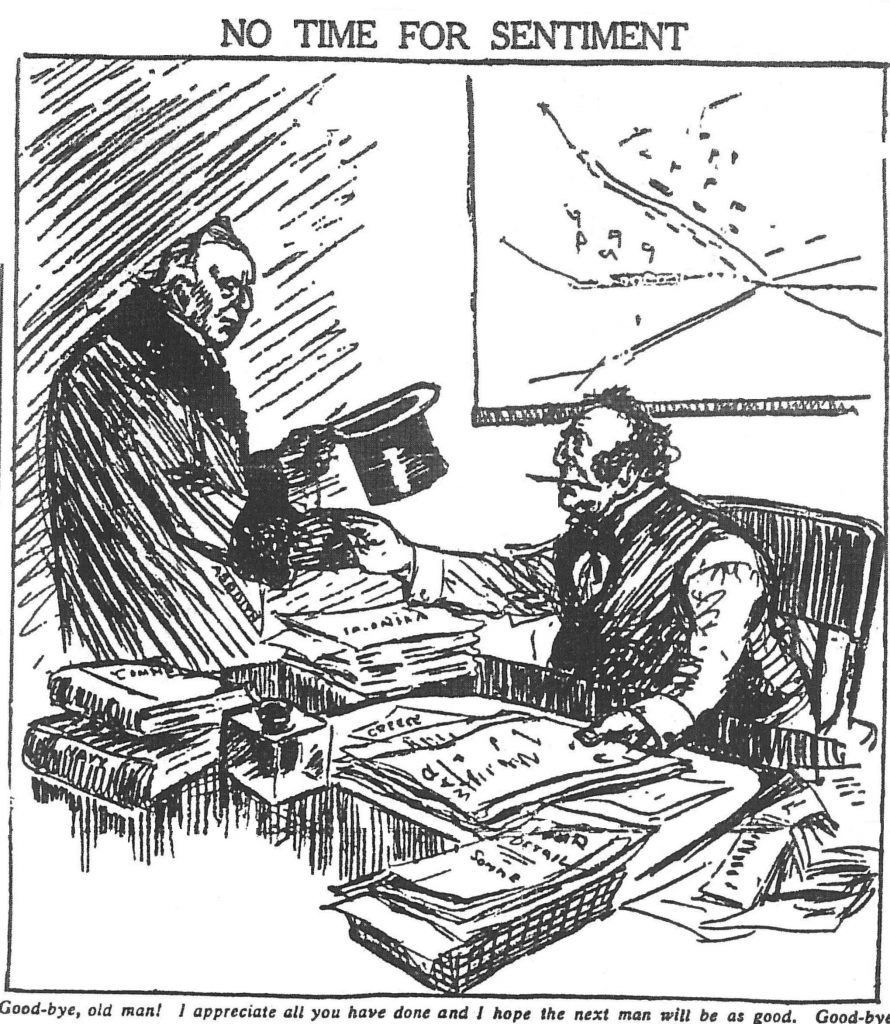
Figure 3: No Time for Sentiment (Province 6 December 1916)
In the cartoon “No Time for Sentiment” (Figure 3), Fitz somewhat reverentially chronicles the resignation of Asquith the day before. A very busy, yet competent manager John Bull bids a kind but brisk farewell to Asquith, the last Liberal Prime Minister to serve in that role: “Good-bye, old man. I appreciate all you have done and I hope the next man will be as good.” Fitzmaurice did not take sides in the machinations of British national politics during the war, and this cartoon nicely shows that ambivalence. The fact remains, however, that Asquith resigned in considerable shame, his reputation since the war has not fared well, and that of “the next man,” Lloyd George, was much better.
After the departure of Asquith, John Bull went shopping through the Help Wanted ads for an effective wartime government, as shown in the cartoon “The Servant Problem” (Figure 4) from December 7, 1916. In this image Bull plays the part of a middle class household head looking for good domestic servants. Fitz offers up three categories of household workers needed: Premiers, where we can see Lloyd George and the Conservative leader Bonar Law at the top of the list; War Ministers; and “Strong Men for Imperial Jobs,” the meaning of which is not made very clear. As mentioned earlier, cartoonists from this era built humour and accessibility into their images by placing public figures into commonly-understood domestic situations, an element of visual rhetoric called “domestication.” The frustrating search for ‘decent’ domestic servants was an ongoing complaint of middle class homeowners in most Canadian cities in the pre-war period. The “Servant Problem” consumed the energies of Vancouver’s women’s organizations, who felt particularly victimized by a chronic regional shortage of female domestic workers. Fitzmaurice draws from this local issue here, although it was more likely that John Bull’s wife would have controlled the hiring of domestic help.
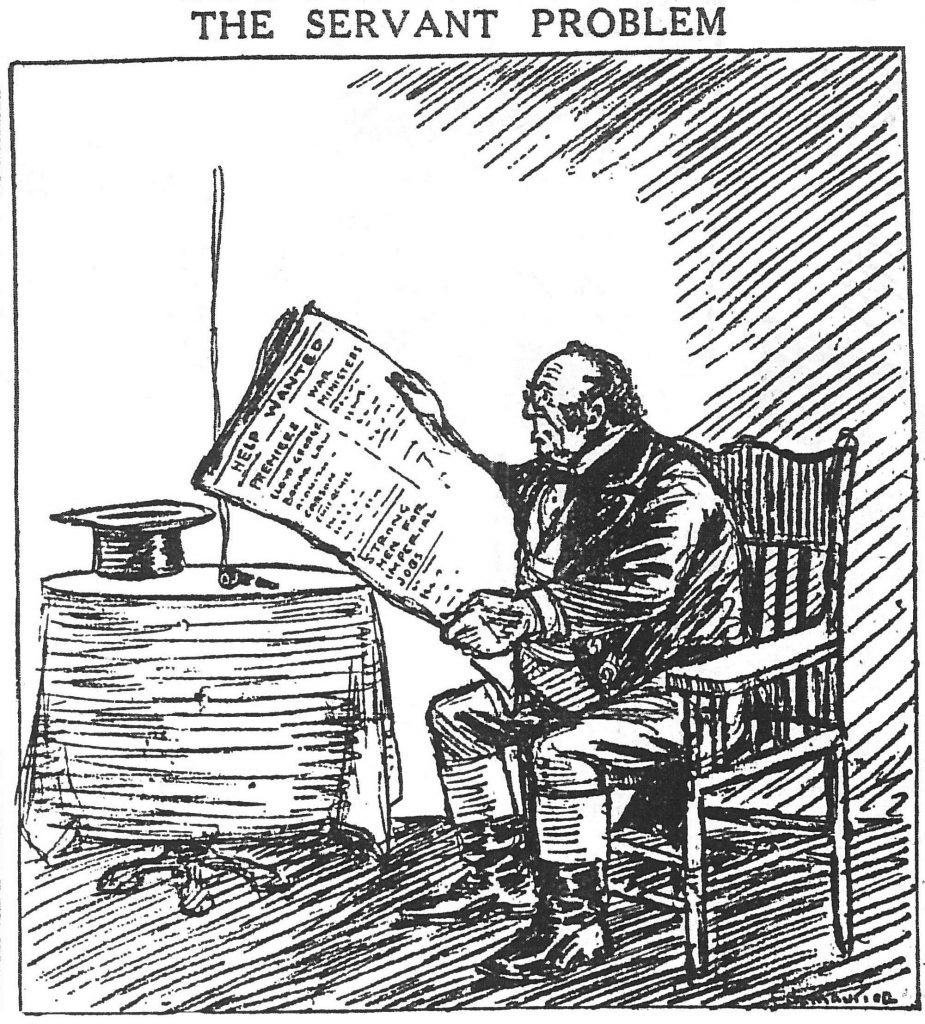
Figure 4: The Servant Problem (Province 7 December 1916)
John Bull found his Prime Minister more quickly than “The Servant Problem” intimated. The following day Fitzmaurice published the cartoon “While You Wait” (Figure 5), another image that builds its meaning from a widely experienced situation for middle class readers. In this cartoon the tailor (and newly-appointed Prime Minister) Lloyd George hurriedly fashions a suit of clothes marked “Cabinet Suit” for an impatient John Bull, who declares “For goodness sake hurry! I haven’t a thing to wear!” “While You Wait” was the first of many Fitzmaurice cartoons that featured the dynamic and visually memorable British wartime Prime Minister Lloyd George. The Welshman had been a key figure in Liberal social reforms before the war and had come to see, earlier than most, the need for massive state intervention to win the war. But as a recent article by Roland Quinault argues, Lloyd George’s success and reputation as the man who carried Britain to victory had as much to do with seeds laid by the unfairly judged Asquith and the advantages of coincidental timing.
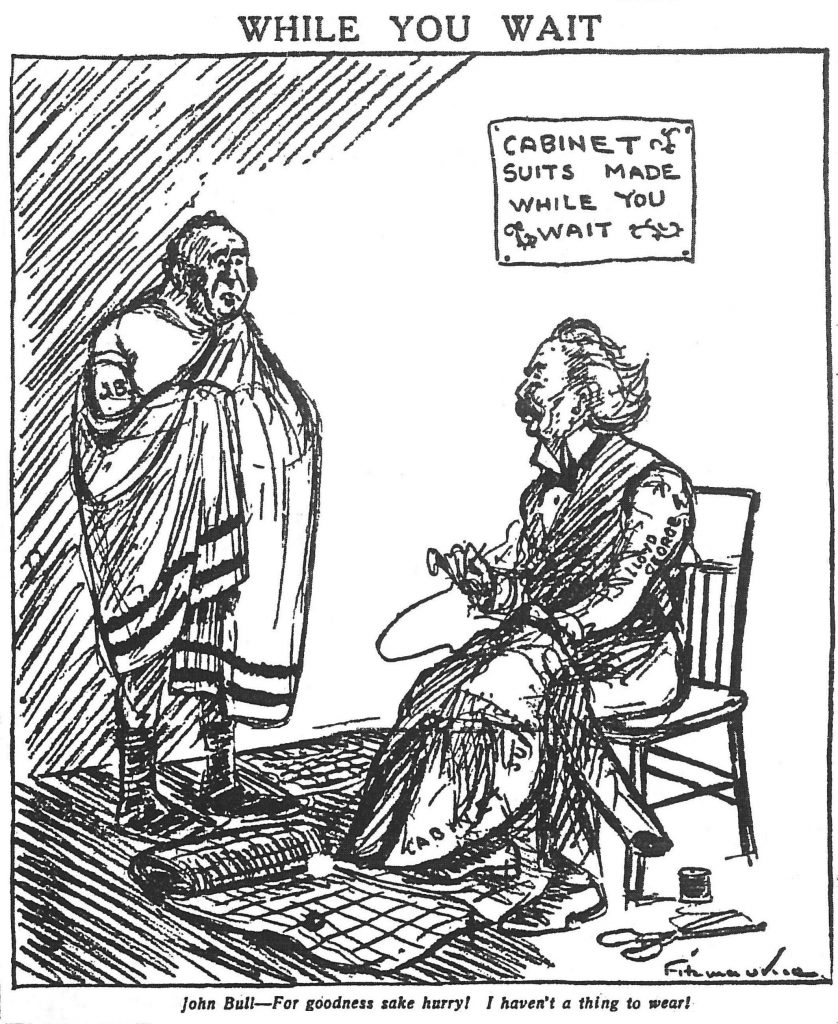
Figure 5: While You Wait (Province ???)
Lloyd George must have been a joy for editorial cartoon artists because of his memorable physical appearance. As one current cartoonist said to me after seeing these images, “It’s all about the hair.” The new Prime Minister was indeed a handsome man with a stocky athletic build, bushy moustache, and of course that wild long pushed back hair that matched his personality and, biographers tell us, was a hit with the women in his life – and there were many. The ultimate testament to a public figure’s notoriety happens when cartoonists have no need to label the celebrity. Like Kaiser Wilhelm, Lloyd George achieved this early on. A typical Fitzmaurice treatment appeared in November 1917 with “Letting George Do It” (Figure 6). In this cartoon John Bull literally offers the shirt off his back to the instantly recognizable Prime Minister in order to better fight the war. Lloyd George’s reputation as a ‘Can-Do Man’ who, by the vigour of his actions and the strength of his personal determination, would carry the nation’s war aspirations to certain victory regardless of the cost, is captured early in this Fitzmaurice image. The title says it all: “Letting George Do It” suggests the level of absolute faith in the leader’s success. Fitzmaurice’s images of Lloyd George during the war oozed with confidence and heroism.
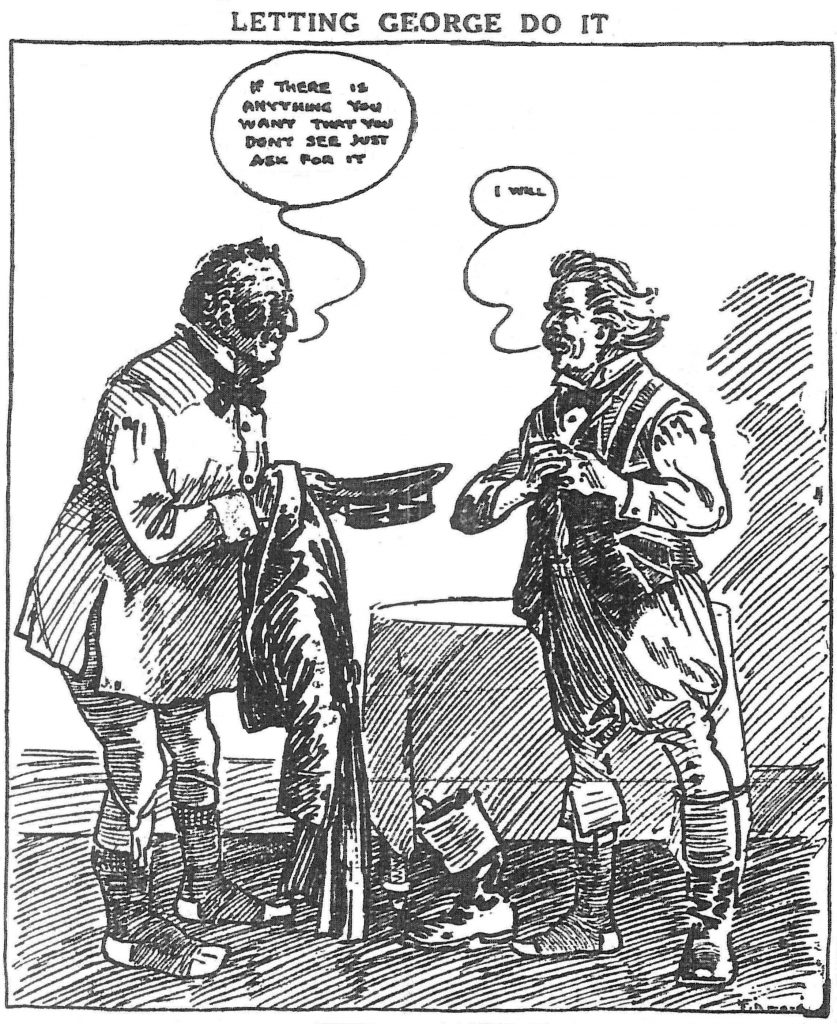
Figure 6: Letting George Do It (Province 16 November 1917)
In reality, Lloyd George’s record as Britain’s wartime leader was mixed, according to historians who continue to debate the Welshman’s management of the war. In a recent study of Lloyd George, George Cassar argues that the former’s Churchillian reputation is not deserved. On the homefront, Cassar commends the Prime Minister for his handling of recruitment and industrial manpower policies, and for his deft manipulation of potentially undermining partisan forces, especially the emerging influence of the British Labour Party. In matters military, however, Cassar finds Lloyd George’s role troublesome at best. The Prime Minister’s “poisonous” relationships with the country’s military leaders led to an atmosphere of poor decision-making and distrust, and in the case of the German spring offensive in 1918, a fatal shortage of British troops to meet the onslaught. Cassar also echoes the often-voiced criticism of Lloyd George’s so-called ‘Peripheral Strategy,’ the decision to take the British military focus to eastern theaters after the capitulation of Russia at the end of 1917. Cassar agrees, however, that Lloyd George played a key inspirational role in raising the nation’s will to carry on the fight in the face of growing war-weariness. And this is the spirit of endurance and sacrifice that Fitzmaurice captures in “Letting George Do It.” The man of action, moral certitude, and few words – the epitome of masculine perfection in Fitzmaurice’s male universe – replies with a simple and firm “I will.”
JOHN BULL KEEPS A STIFF UPPER LIP
The other major British theme Fitzmaurice presented to British Columbian readers during the war was the apparent ease with which the British people were able to meet the challenges of total war. John Bull played a starring role in these cartoons as well. All cartoon propagandists during the war set as their task to draw the contrast between their side’s advantages and the hardships of the enemy. The first image cited in this chapter, “Trap Shooting” (Figure 1) from November 1916, shows this positive messaging in the British context. Kaiser Wilhelm II keeps sending up traps marked “Zep” and John Bull quite easily keeps shooting them down.
In the first half of the war, German military strategy included raids against English targets in an effort to terrorize the civilian population. Zeppelin raids began in January 1915 and continued with only minor damage until the end of 1916. In all, German air raids, which included around fifty Zeppelin and slightly more airplane raids, killed 1413 and injured 3407 British civilians. For all the efforts and considerable expense of these raids, they failed to undermine British morale. Quite the opposite, as British authorities and a supportive press turned these terrorizing elements of total war into propaganda to demonize Germany and showcase the resolve of the British people. Citing the irony of the Zeppelin raids, DeGroot writes: “Their propaganda value to the British heavily outweighed their strategic value to the Germans.”
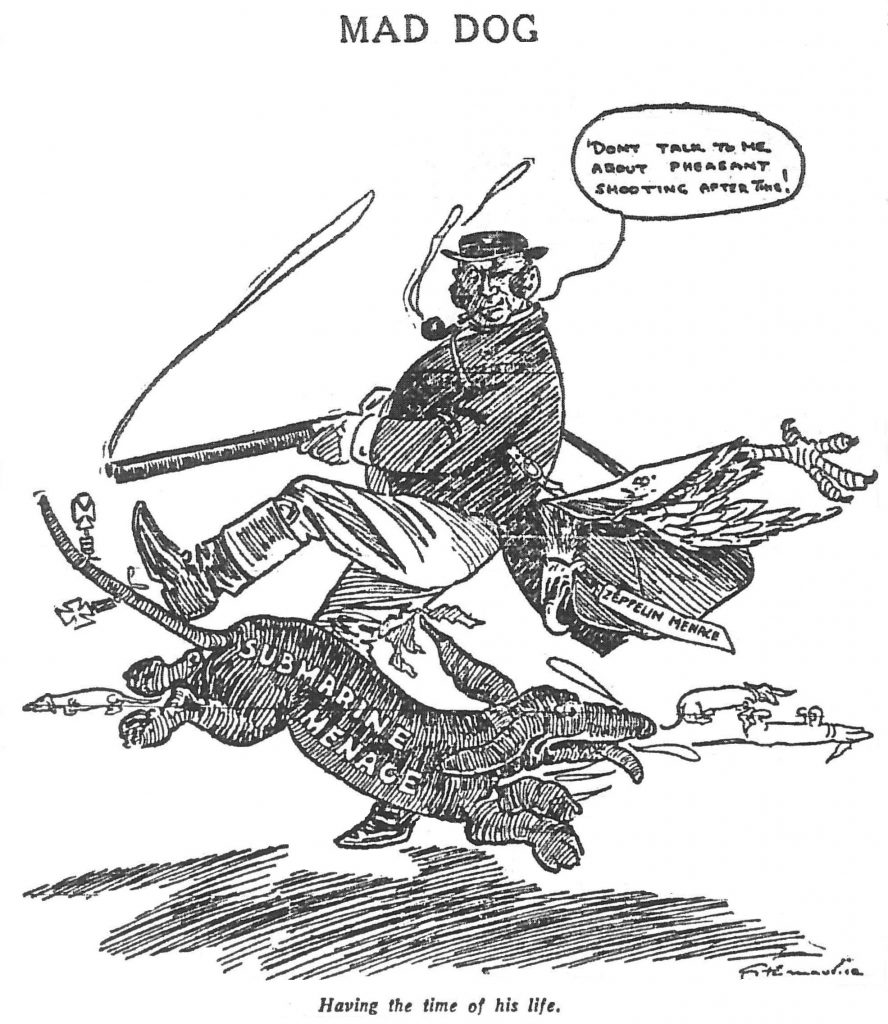
Figure 8: Mad Dog (Province 12 February 1917)
Fitzmaurice’s “Trap Shooting” and his other John Bull cartoons should be seen through this morale-boosting perspective. The cartoon “Mad Dog” (Figure 8) from February 1917 is another good example. John Bull, again with rifle in hand, has finished with hunting the “Zeppelin Menace,” pictured here as a pheasant, and has turned his attention to the “Submarine Menace,” drawn here as wild, rabid, and stereotypically-fitting German Dachshunds. If there was any doubt as to their pedigree, the hounds have Iron Crosses tied to their tales…. Animal rights sentiments would likely preclude this cartoon’s effectiveness today – contemporary readers would not sympathize with a character gunning down dogs, as metaphorical enemies or otherwise.
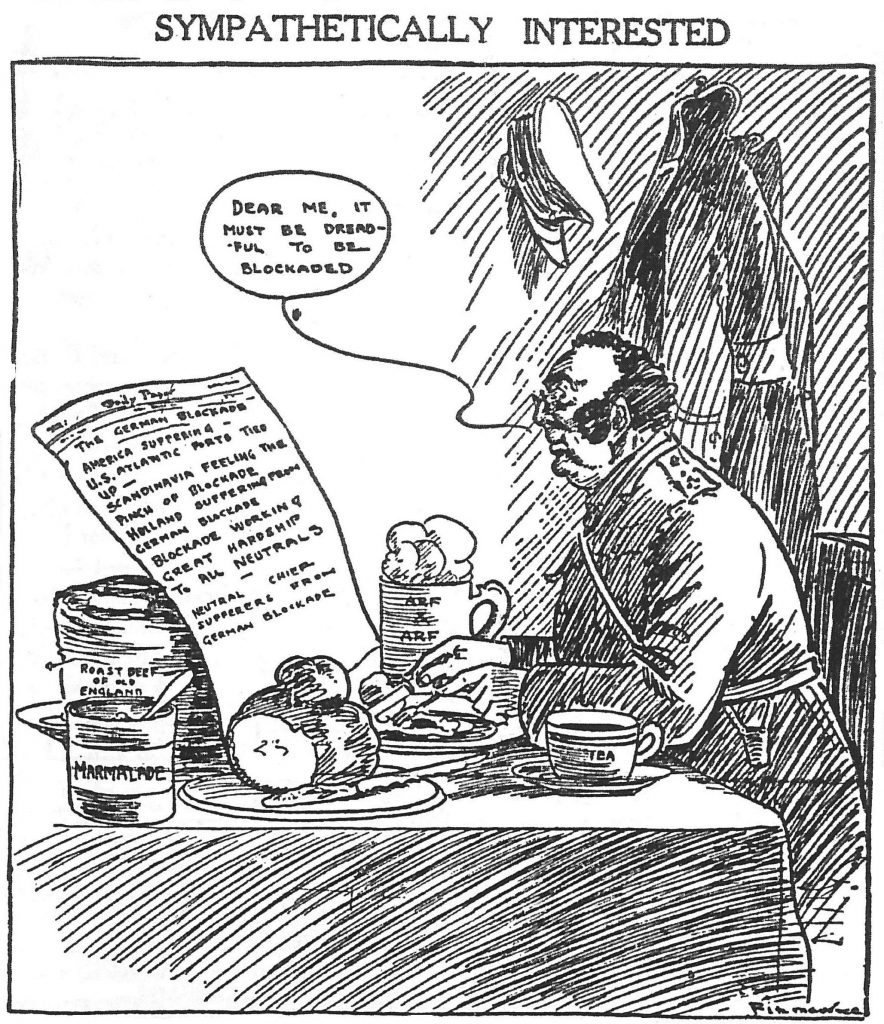
Figure 9: Sympathetically Interested (Province 22 February 1917)
Unlike the Zeppelin Raids, German U-boats were an effective tool, especially after February 1917. German hopes were to enforce a crippling blockage around Britain to prevent needed war materials and food imports from North America, and transports to Europe. Britain was able to maintain peacetime levels of imported food through the first two and a half years of the war in the face of periodic German U-boat attacks. But this changed when Germany adopted unrestricted submarine warfare in February 1917. The impact was dire. In April alone a total of 373 British, Allied, or Neutral ships carrying over 850,000 tons of needed supplies were sunk. The effects on the British food supply was disastrous and undeniable, regardless of the propaganda posturing. Undaunted, Fitzmaurice continued to tackle the tightened blockade in late February with the cartoon “Sympathetically Interested” (Figure 9). In his military khakis, John Bull feasts on “Roast Beef of Old England” while reading newspaper reports on the hardships of the increased German blockade on neutrals, particularly the United States, Holland, and the Scandinavian countries. “Dear me,” he says, “it must be dreadful to be blockaded.”
Fitzmaurice might be forgiven for the clear misinformation of “Sympathetically Interested,” since the full effects of Germany’s stepped up U-boat campaign had not yet been felt. But that was the point. Fitzmaurice’s wartime cartoons were often built on brave posturing – attempts to ally real fears by turning dark clouds into silver linings. No better example of this rhetorical maneuvering exists than the July 1917 John Bull cartoon “War Medicine” (Figure 10). The levels of invention are complex here. First is the main message of the cartoon, that the now admitted effects of the German blockade have ironically improved, perhaps permanently, the overall health of the British population, turning what was meant to be a deprivation into a significant health benefit. “It is not pleasant,” declares a newly-svelte John Bull, “but it certainly has improved my figure.”
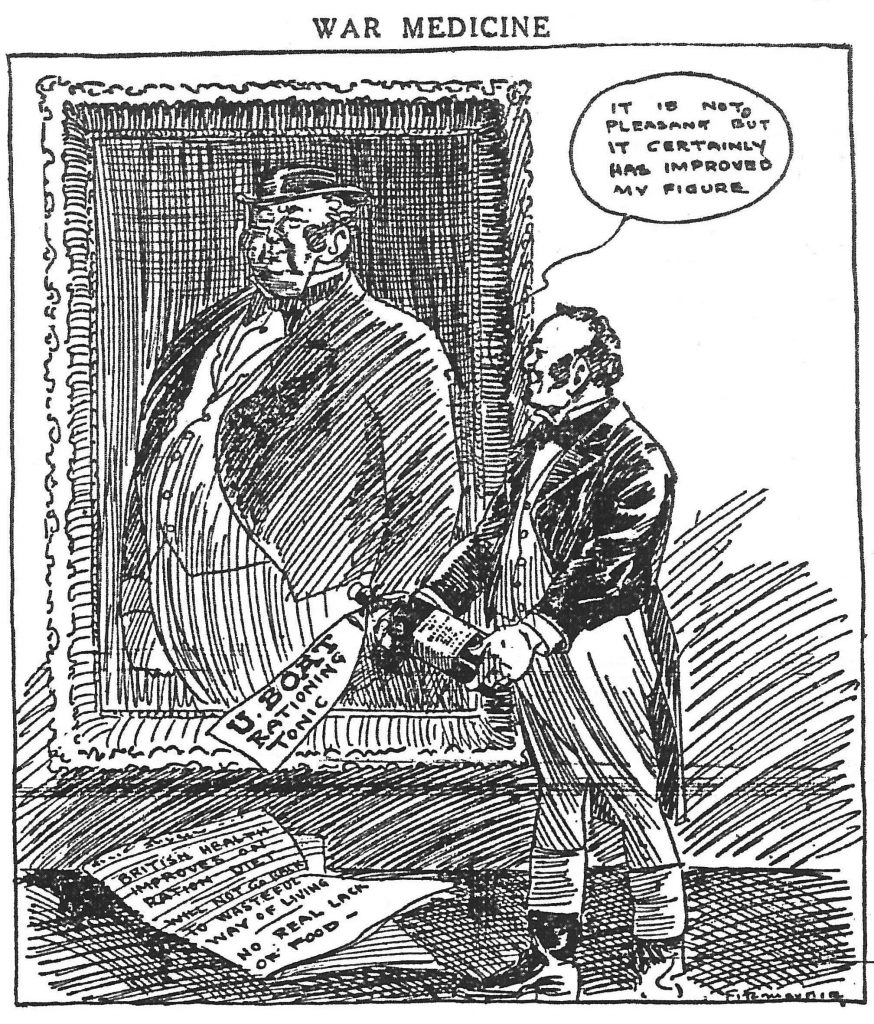
Figure 10: War Medicine (Province 23 July 1917)
We might presume Fitzmaurice drew inspiration for this cartoon, as he often did, from syndicated war reports that appeared as separate news items in the newspaper. However, this was not the case, as there was no news story that claimed “British Health Improves on Ration Diet.” In the case of “War Medicine,” Fitzmaurice invented the news report upon which the cartoon was based. War propaganda and truth were independent variables.
Sometimes, however, slivers of doubt about Britain’s ability to cope slipped into Fitz’s cartoon frame. In “Says He to Himself, Says He” (Figure 11), published in November 1916 before the transition to the Lloyd George coalition government and in the wake of the Battle of the Somme, we see a military-clad John Bull chastise a civilian John Bull about the need to give up “luxuries” to meet the needs of the war. “Look Here!” declares the condemning John Bull, “Once and for all you have got to give up those things in war time.” The demand for civilian wartime sacrifice was a unifying but also potentially divisive feature of total war in all belligerent countries. Finger pointing at shirkers and shirking was endemic. In Britain, there were ongoing criticisms that the more privileged groups in British society – especially industrialists and the wealthy upper class – were not making the same sacrifices as ordinary British citizens. Conversely, middle class observers took aim at working class amusements, particularly professional football (soccer), as unnecessary and wasteful activities that undermined recruitment and national will. A certain degree of historical empathy is useful here. As DeGroot suggests, the “country never quite decided upon the proper way to act during wartime.” In the end, it is safe to say that beyond the obvious cases of war profiteering, everyone felt they made sacrifices during the war, and these were made relative to the individual’s social position.
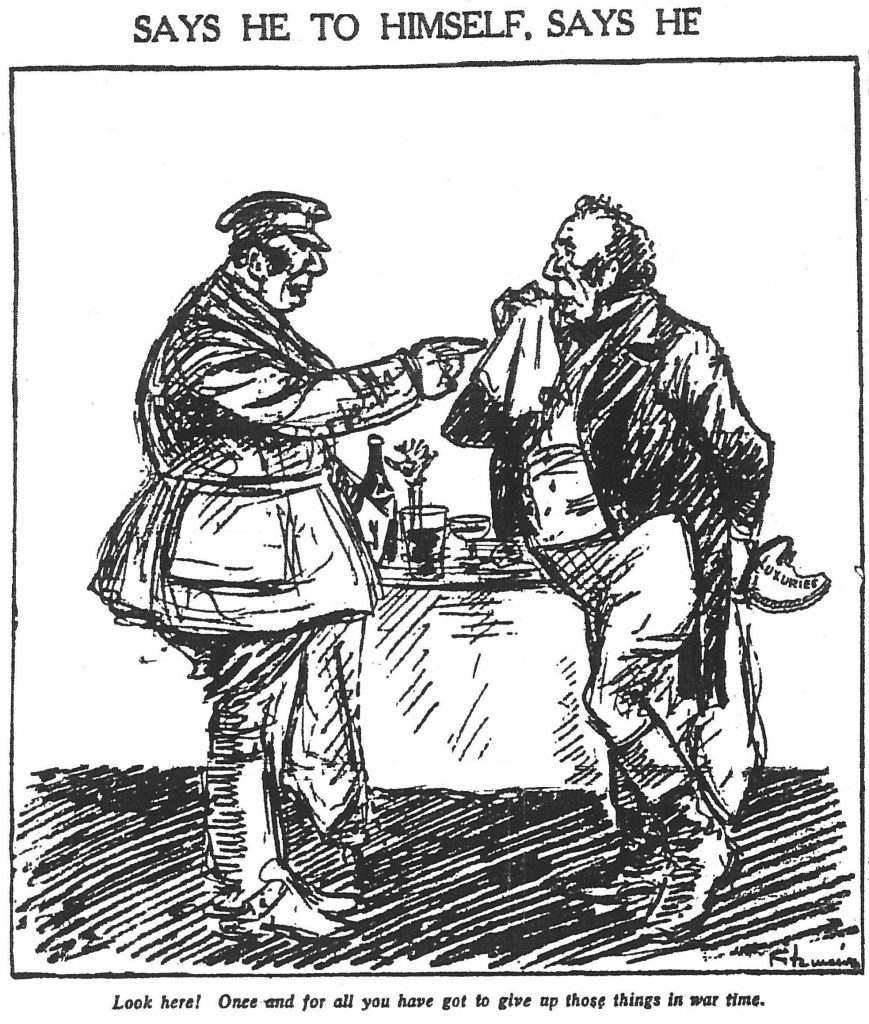
Figure 11: Says He to Himself, Says He (Province 19 November 1916)
Even greater worry for the welfare of Britain was registered in Fitzmaurice’s cartoon “Can They Manage Till Uncle Sam Gets Over?” (Figure 12), which appeared in the Province at the end of October 1917. The formal entry of the United States into the conflict in April 1917 was a major turning point in the war, but the realities of mobilization meant that the full force of American troops were not felt until 1918. In the intervening period much happened and the weight of the war continued to increase on the Entente, as Fitzmaurice illustrates here. In this image, the central concern for John Bull and an allegorical France is the poor military performance of their ally Italy and the series of heavy losses it suffered after a German-Austrian counter-offensive encircled the Second Italian Army, eventually leading to the disintegration of the Italian front at Isonzo and real fears of an invasion of Italy by the Central Powers. In the cartoon Italy has abandoned the fight, dropping its “Burdens” for Britain and France to carry. “Please carry this for a while,” Italy writes in the note left behind, “I am not feeling well.”
Looming behind cartoons like “Can They Manage Till Uncle Sam Gets Over,” but not acknowledged by Fitzmaurice in words or image, was the debilitating impact of the 1917 revolutions in Russia and the eventual collapse of the eastern front. In the case of Italy, the absence of a Russian threat allowed Germany to shift some of its forces to the Italian front well before it signed the Treaty of Brest-Litovsk that took Russia out of the war. Many more German troops would soon be sent to the western front. These were dark days for the Entente. And while Fitzmaurice omitted any reference to the Russian capitulation for the obvious propaganda reasons, he does capture the justified fears of a German victory in the winter of 1917-18.
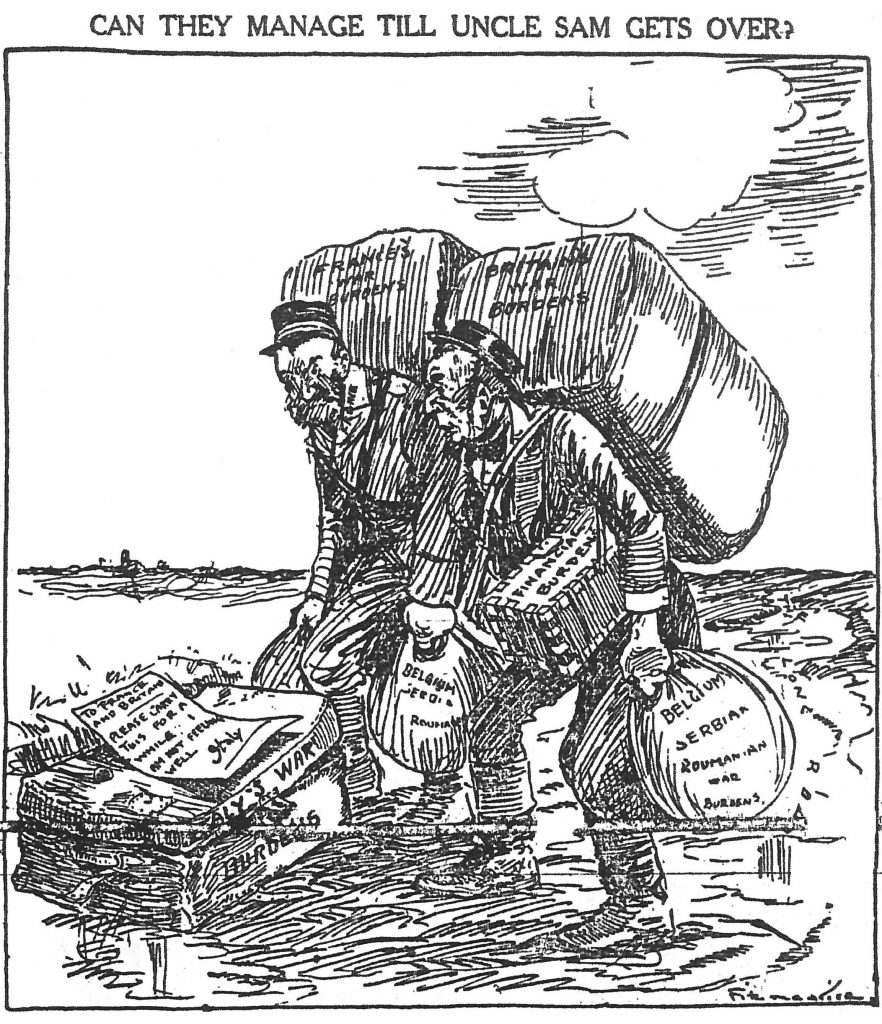
Figure 12: Can They Manage Till Uncle Sam Gets Over (Province 31 October 1917)
CANADA AND FITZMAURICE’S JOHN BULL
At the outset of the war Canada was an important yet clearly subordinate part of the British Empire. The First World War changed that. Historians are fond of saying that Canada entered 1914 as a colony of Britain and through the accelerated maturation process of extraordinary sacrifice and the constant and conscious drive to assert Canadian control over wartime decisions, Canada finished the war as an independent country. While the key constitutional steps to independence came after the war, and not completely until 1982, the First World War does stand as a fundamental pivot point in Canada’s relationship with Great Britain. It is reasonable to ask then, whether Fitzmaurice’s wartime cartoons of Britain, the home of his birth and upbringing, reflect that evolution?
That’s hard to judge. Fitzmaurice produced very few cartoons that concentrated specifically on the individual members of the Entente, and focused instead on Germany and to a lesser extent on the unreliable neutral United States, suggesting the old adage that negative propaganda – like elections attack ads today – were perceived as more effective persuasive tools at generating public support. Unlike the pre-war period, Fitzmaurice produced no cartoons that identified the British Empire during the war and none on their colonial partners Australia, New Zealand, and South Africa. There is little in the rhetorical construction of his British cartoons that suggests these characterizations are meant to include Canada or the Empire. Fitzmaurice presents John Bull as a ‘Them’, not an ‘Us’. It is fair to say that Fitz had drawn a line between Britain and Canada by the middle of the war; in his mind, and perhaps in the minds of his readers, the world was comprised, not of dependent colonies and empires, but of free standing individual nation states, of which Canada was one.